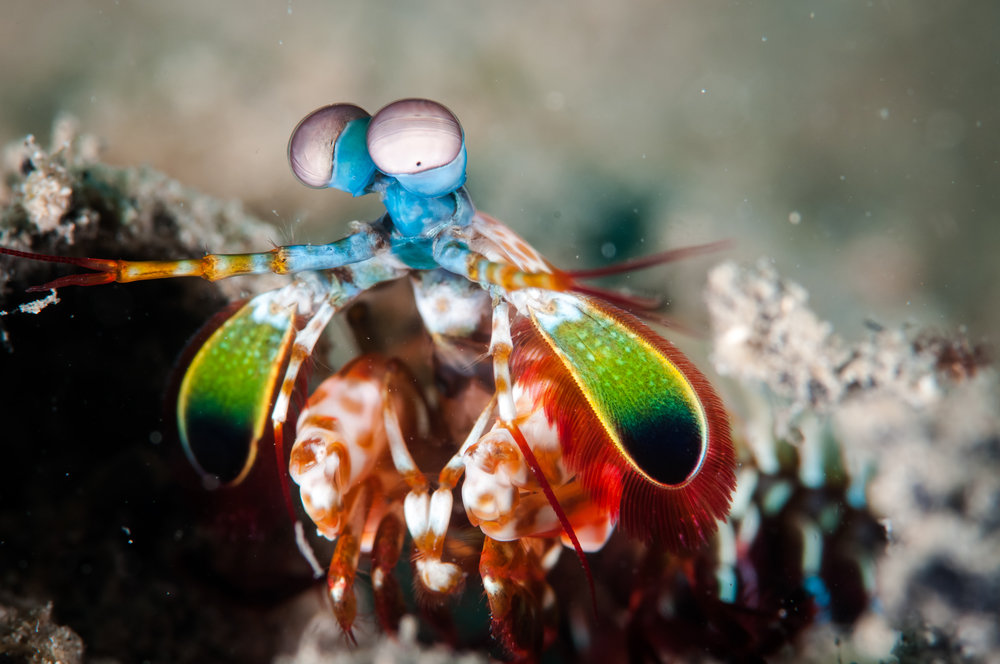
Researchers from the University of Queensland, Australia have discovered that the compound eyes of the mantis shrimp can
detect polarised light that is reflected differently in cancerous tissue, compared to healthy tissue.
According to Justin Marshall, a Professor from the university’s Brain Institute, the shrimps are able to see a variety of cancers within our bodies.
According to Science Alert, Marshall’s team – , Drawing inspiration from the shrimp’s eye – is now working with international collaborators in developing a camera that can detect cancer using a similar process.
“As humans we see color with hues and shades, and objects that contrast, for example a red apple in a green tree, but our research is revealing a number of animals that use polarised light to detect and discriminate between objects,” says Marshall.
A number of cameras that capitalize on the process of polarised light detection are already available however Marshall says this camera, “builds upon that in the hope that more non-invasive cancer-detection methods will be possible in the future”.
He says it converts the invisible messages into colors that our visual system is comfortable with and able to translate.
This process has revealed that the compound eye of the mantis shrimp contains groups of photocells called ommatidia. Each of these photocells has thin microvilli membranes that filter polarised light
“The camera that we’ve developed with US and UK scientists shoots video and could provide ommatidia feedback on spotting cancer and monitoring the activity of exposed nerve cells”.
Scientists are mimicking the shrimp’s abilities in this camera by using aluminum nanowires to replicate the polarization-filtering microvilli (hair-like membrane); the wires will be placed on top of photodiodes (device that converts light into electricity) that will convert light into electrical current.
The team hopes that eventually the distinctive camera can be used in smartphones that would allow people to scan their bodies for cancers in their own homes.
The use of these cameras in smartphones will also reduce the necessity for more invasive cancer detection procedures such as biopsies.
“Nature is coming up with elegant and efficient design principles, so we are combining the mantis shrimp’s millions of years of evolution and nature’s engineering with our relatively few years of work with the technology,” says Marshall.


